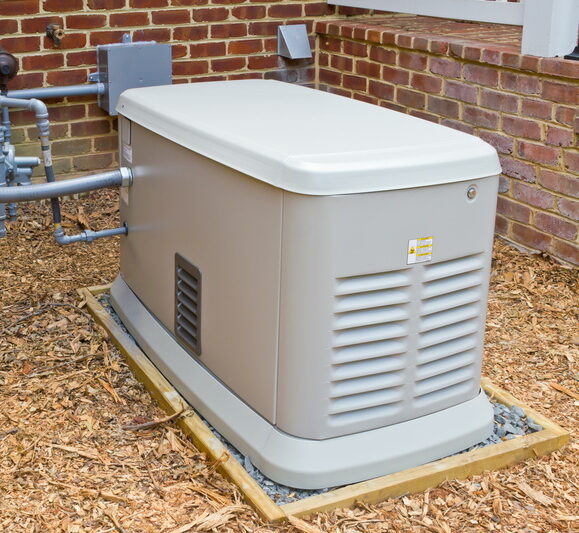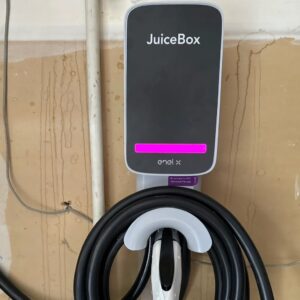When a storm, power surge, or even a fallen tree causes the power to go out, a generator can be a lifesaver. It’s inconvenient if your television does not turn on while critical news is shown. Worse, if you have an oxygen machine or other medical gadget that requires power and it fails, having a backup power source is vital. That’s why we’re here today to help you choose a generator. One of the most common questions people ask is, “what size generator do I need?”. Well, there are many variations, with different prices and sizes, so we want you to be well-informed before making your purchase:
Generator Types and Options.
Portable generators vary in size from small recreational devices to big machines. They start at around $500 and can power a single appliance at home or on a camping trip, whereas larger portable ones may power nearly every appliance of a home. Even lower down the scale, there are conventional and inverter generators, which are quieter and more efficient but more expensive.
A whole-house generator, also known as a domestic backup generator, delivers uninterrupted electricity to the entire home and eliminates the need for periodic refilling. These generators can cost up to $8,500 each and require permanent installation, which can be costly.
Steps for Calculating My Power Needs
These four factors should be considered when selecting the ideal generator:
1) Add up your power requirements.
To figure out what size generator you need, compile a list of the devices you wish to power and add their wattages. It is important to indicate both starting and operating watts for each item. Starting wattage is the first burst of electricity necessary to start an appliance, which is generally greater than the running wattage. This information is often available in the owner’s manual or on an information plate attached to the device. And here’s a tip: if you’re looking for a portable generator, don’t get one that produces far more electricity than you’ll need.
2)Transform Power Information to Watts.
If necessary, power information can be converted to Watts using a calculator. Wattage is converted based on the kind of load, with resistive loads equaling amps x volts and reactive loads equaling amps x volts x load factor.
Using simpler terms:
- Watts: The actual power used by anything (such as a microwave). kVA: A measurement that contains both real power (watts) and other power that does not perform actual work.
- Amps: This represents the flow of electricity.
If you know the kVA and wish to calculate the Watts, you must consider the “power factor,” which indicates how efficiently the power is used. - So, to convert kVA to Watts, multiply it by the power factor, then by 1000. If you know the amps and voltage, you can calculate the kVA. These numbers help you understand how much electricity something requires and ensure you have the necessary equipment to power it.
3) Determine the combined power needs.
When running multiple appliances at the same time, such as a refrigerator, microwave, television, and portable ventilator, the power consumption must be added together, which in this case is 920W. Then, identify the device with the highest starting power, the refrigerator at 600W, and add it to the total, which equals 1520W. If no devices with electric motors are provided, simply add the running power of all objects. So, to run all of these appliances at the same time, a generator with at least 1520W continuous power is required.
4) Ponder the 80% rule.
When choosing and utilizing a generator, keep in mind that most generators can only sustain 80% of their maximum power for a lengthy period of time. If you keep your generator running at more than 80% capacity, you risk decreasing its life and perhaps harming its equipment. As a result, while it is critical not to select a generator that is too large for your requirements, it is prudent to select one that is slightly more powerful than necessary. This acts as a buffer, preventing you from overworking the generator, extending its life and protecting your connected equipment.
Conclusion
Choosing the appropriate generator can help you save time, worry, and possibly lives during a power outage. If you don’t know where to begin or require expert advice, CAS Pro Service is here to help. From selection to installation, our staff will guarantee that you have the power solution that best matches your needs. Contact us today!



